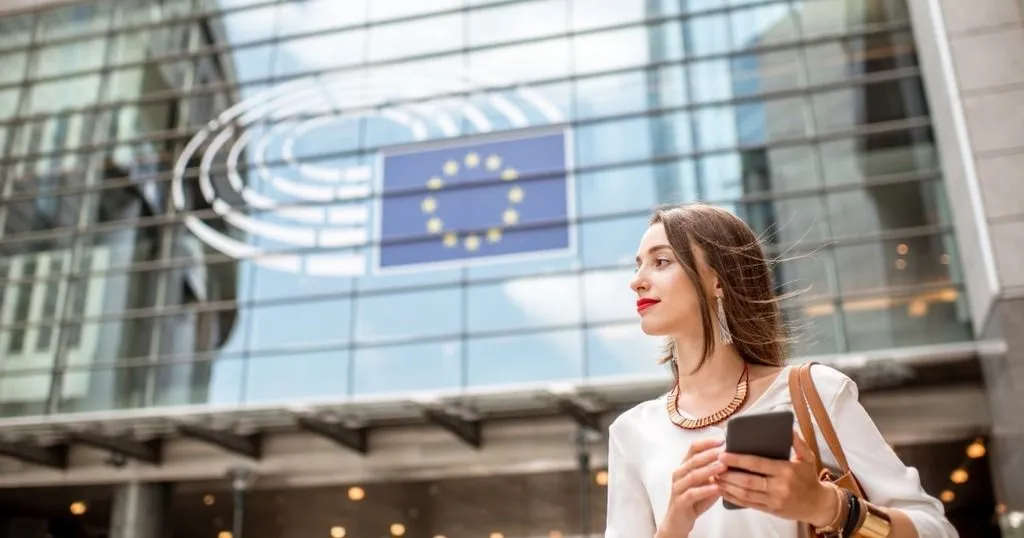Emotional responses to infant crying
Hearing an infant cry can cause negative emotions, which can impact the way we respond. Researchers Riem and Karreman instructed parents to apply specific emotion regulation strategies in response to infant crying.
Posted by
Published on
Thu 15 Aug. 2019

What do you do when an infant cries? Do you try to find out whether the infant is in pain, or needs something from you? Or, do you try to comfort the child or distract him or her, for instance by presenting a toy, making funny noises, or singing a song? Maybe you just want to ignore the crying sounds.
Infants cry for many reasons; it is their main form of communication. They want to alert the parent that something is not right and that it needs to be fixed. They search for attention and care. However, crying can also trigger negative emotional reactions in parents, such as feelings of dread, frustration, or worry.
FREE WHITE PAPER: Tools for infant studies
Learn more about the software tools available for infant studies.
- Capture behaviors with video
- Annotate behaviors accurately
- Unobtrusive emotion analysis
How to prevent negative emotions
Anxiety and aversion can undermine any good intentions that parents have while responding to their infants. Researchers Riem and Karreman, working at Tilburg University in the Netherlands, believe it is important to examine effective strategies that may prevent parents from feeling overwhelmed by negative emotions. The goal is not only to produce a desirable immediate reaction, but also to preserve the long-term relationship between parent and child.
Thus, their study focused on instructing parents to apply specific emotion regulation strategies. They wanted to know whether this affected their perception of, and responses to, infant crying.
Interested in parent-child interaction research? This free white paper will show you how to facilitate the study, how to set up your experiment, and analyze your data.
Emotion regulation strategies
One hundred mothers with infants younger than three years old participated in the study. They were visited at home after they had completed an online questionnaire about anxiety, using the Trait Anxiety Inventory (STAI), and depressive symptoms, using the Edinburgh Postnatal Depression Scale.
During the visit, the mothers were instructed to listen to an infant cry sound in three different conditions. E-Prime, a stimulus presentation program, was used to present this task to the mothers. In each condition, mothers received different instructions on how to control their emotions during exposure to the crying sound:
- Control: “You will hear an infant crying sound. Listen to it.”
- Suppression: “You will hear an infant crying sound. Listen to it in a matter-of-fact manner. Do not pay attention to your feelings or anything raised by the sound.”
- Reappraisal: “You will hear an infant crying sound. Listen to it, telling yourself: It is nothing very serious. This baby is not sick or hurt.”
Responses to infant crying
After each cry sound presentation, the mothers’ emotional experience was measured with the Positive Affect Negative Affect Scale (PANAS). In addition, the mothers were asked to indicate how sick, aversive, and urgent the cry sounded, and whether they felt irritated during exposure to the cry. Lastly, the mothers were asked to rate the likelihood of using the following behaviors: pick up, cuddle, wait and see, feed, firm handling, and focus on something else than on the crying baby.
In addition, skin conductance was measured and facial expressions were analyzed using FaceReader. The researchers only analyzed the emotion ‘sad’, since the cry sound hardly evoked happy, surprised, disgusted, angry, or scared expressions.
FREE WHITE PAPER: FaceReader methodology
Download the free FaceReader methodology note to learn more about facial expression analysis theory.
- How FaceReader works
- More about the calibration
- Insight in quality of analysis & output
Effect on parent-child interactions
The research team found that, compared to the suppression condition, reappraisal resulted in a less negative perception of the crying and a lower skin conductance activity. This reveals reduced arousal at a physiological level. Thus, consciously thinking that nothing serious is happening to the child ensures that mothers are less concerned.
Moreover, the suppression and reappraisal conditions had no effect on self-reported negative feelings such as being upset, irritable, or nervous, nor on the mothers’ intended caregiving responses to the crying children. This indicates that these strategies did not result in changes in negative moods.
Facial expressions and skin conductance levels
Suppression resulted in increases in skin conductance activity, as well as facial expressions of sadness, compared to the control condition. This might indicate that this coping strategy is abnormal in cases of infant crying. The researchers suggest that future studies should examine what increased arousal during suppression means in terms of actual caregiving.
This study is the first to indicate that simple instructions on how to reframe thoughts about an infant crying sound in a more positive way can change the perception of and reaction to crying. These strategies may help parents gain more emotional control, and lead to more adequate and comforting caregiving responses. Simple but effective!
References
Riem, M.M.E. & Karreman, A. (2019). Experimental manipulation of emotion regulation changes mothers’ physiological and facial expressive responses to infant crying. Infant Behavior and Development, 55, 22-31. https://doi.org/10.1016/j.infbeh.2019.02.003
Related Posts

The influence of ad-evoked emotions on brand attitudes

The role of entrepreneurs’ facial expressions to gain financial support
